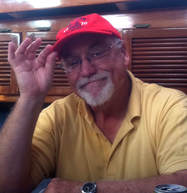 Most disasters are a cascade: small failures and minor circumstances, one leading to another, blossom into a cataclysm. On January 16, 1919, a cascade of tremendous size was poised above Boston’s North End. The weather was one factor: unusually warm for winter. Purity Distilling Company fermented and distilled molasses to make rum and alcohol. The 18th Amendment to the United States Constitution, prohibiting sales of alcoholic beverages, was due to be passed the very next day. This may have prompted Purity to collect as much molasses as possible. The enormous tank holding the molasses was about 50 feet tall and 90 feet in diameter, holding 2,300,000 gallons. It was poorly built of thin steel painted brown to hide its leaks. Local families often collected some of the dripping molasses to sweeten their food. The unseasonably warm temperature quickly rose from 2° F (-16.7° C) to 40° F (4.4° C), expanding the liquid, and natural fermentation produced CO2 increasing tank pressure. Just after noon, North End families felt the ground shake and heard a sound like a machine gun— the tank’s rivets popping out. The big tank exploded, sending a 25-foot wall of molasses roaring down the hill toward Commercial Street at about 35 miles an hour. In front of the molasses went a blast of air that blew some folks off their porches and tumbled others along the street like rag dolls. Homes and buildings were destroyed, smashed from their foundations. Horses pulling wagons were swept away. The steel girders of the Boston Elevated Railway were buckled, knocking a rail-car off the tracks. Twenty-one people were killed and more than a hundred were injured. Many were saved by Massachusetts Maritime Academy cadets who rushed off their docked training vessel and plunged into the brown goo to rescue people. It’s difficult to know how many dogs, cats and horses died. As you can imagine, the clean-up was awful. Firehoses from hydrants and harbor fireboats washed away as much as possible. Boston Harbor was brown for months. Sightseers tracked the goo back to homes, into hotels, onto pay-phones and onto doorknobs. Everything Bostonians touched was sticky for months. Some say that on a hot summer day along the North End’s docks, the sickly sweet smell of molasses lingers. Bostonians can smile at the Great Molasses Flood now, but in January of 1919, that cascade of disasters was deadly serious. Jan Adkins is an author, an illustrator, and a superb storyteller. Read about him on his Amazon page. He is also a member of iNK's Authors on Call and is available for classroom programs through Field Trip Zoom, a terrific technology that requires only a computer, wifi, and a webcam. Click here to find out more. MLA 8 Citation
Adkins, Jan. "The Great Boston Molasses Flood: How Can a Tragedy Sound Funny?" Nonfiction Minute, iNK Think Tank, 19 Jan. 2018, www.nonfictionminute.org/the-nonfiction-minute/ The-Great-Boston-Molasses-Flood-How-Can-a-Tragedy-Sound-Funny?
0 Comments
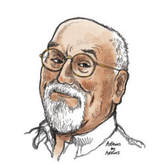 In 1961 the United States was losing the Space Race with the USSR. Our best rockets were blowing up on the launch pads. But on January 31, 1961, we were ready to send our first astronaut into space on a long, high arc. He was only three feet tall. His name was Number 65. (If the rocket blew up, a “named” animal would sound bad in the news . . ) When asked by radio, 65 would press sequences of buttons on the flight control panel, then receive a banana pellet reward. The blast off from Cape Canaveral (now Cape Kennedy) wasn’t perfect. The Redstone rocket didn’t blow up, but the launch damaged the passenger pod’s hull. Also, the controls didn’t shut off on time and pushed the rocket much higher, much faster than planned. Ham traveled at 5,800 miles an hour, and reached a then-record high of 155 miles! This put his reentry landing far beyond the U.S. Navy ships sent to retrieve him. The pod splashed into the ocean, but water poured into the damaged pod. 65 was sinking! Two hours later a helicopter picked up the passenger pod just in time. 65 was a hero, so he was given a proper name: Ham. He appeared on the cover of magazines and newspapers as our first man—er, chimp— in space! In only a few months human astronauts followed Ham’s lead. Alan Shepard and John Glenn rocketed into space and Ham was forgotten. He was given to the National Zoo in Washington, DC, where he lived for 17 years, alone. He was trained as an astronaut and didn’t get along with jungle animals. His keepers noticed that he often lay on his back and punched in imaginary button sequences, as if he were still flying the capsule. The old chimponaut became lonely and depressed. Ham was sent to a special “show animal” camp where he could reconnect with his wild brothers and sisters. He was taken to Andrews Air Force Base for the trip. As he was walked across the concrete something wonderful happened. He passed between two lines of Air National Guard pilots, saluting Ham. Ham the brave Chimponaut finally got his honor parade. Ham lived 3 happy years at the camp and died peacefully in 1983. You can see a plaque for Ham at the International Space Hall of Fame in New Mexico. It says: He proved that mankind could live and work in space. 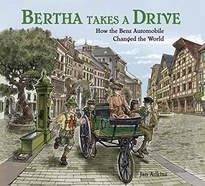 Adkins new book is about the first drive in an automobile. The wife of the inventor took her kids to see their grandparents. ML 8 Citation
Adkins, Jan. "Chimponaut: A Hero Forgotten and Remembered." Nonfiction Minute, iNK Think Tank, 9 Nov. 2017, www.nonfictionminute.org/chimponaut:-a-hero-forgotten-and-remembered. The biggest bang in two thousand years was heard as far as sixteen hundred miles away. It happened in April of 1815, on the island of Sumbawa in the southwest Pacific Ocean, now part of Indonesia. Mount Tambora erupted in an immense volcanic explosion. Seventy-one thousand islanders were killed almost immediately. The big bang began a global cataclysm that sowed the broadest crop of human misery any single earthly event has yielded. Tambora’s eruption hurled millions of tons of ash and sulfur high into the circulating jet-stream, cooling temperatures around the world. It delayed the monsoon rains that were supposed to sustain crops around the Indian Ocean. Floods followed drought along with a deadly surge in the water-borne disease, cholera: tens of millions died of it all along the Ocean’s shores and as far north as Moscow. As the shroud of ash spread north, China’s rice crop failed in cold weather: more millions died. The volcano’s effects reached the higher latitudes of Europe in 1816. Crops were killed by hard frosts in spring and summer. The price of oats and wheat tripled, quadrupled. “Bread Riots” swept through the streets of British and European cities as starving farm families crowded the cities, looking for any kind of work. In North America, hard frosts were recorded in every month of 1816. Late-sown seedling plants were killed as far south as Virginia, where retired President Thomas Jefferson’s crops were destroyed, plunging him into lifelong debt. Snow fell across New England on July 6, 1816, a foot deep in Quebec City, Canada. Steam railroad lines weren’t laid, yet, so grain couldn’t be brought from warmer southern fields. An exodus of failed northern farmers left family homes to populate those milder Midwest prairies. They called this year of famine and disappointment, “Eighteen Hundred and Froze-To-Death.” While millions of the poor starved, wealthy classes of Europe were merely inconvenienced by Tambora’s weather. A privileged group joined the poets Percy Shelley and Lord Byron to “summer” in Switzerland. Storms and cold drove them indoors where they competed to write the best “ghost story.” Percy’s wife Mary Shelley won with Frankenstein. Byron’s personal doctor, John Polidori, also wrote a humdinger: The Vampyre, which was adapted by Bram Stoker decades later as Dracula. Tambora’s chilling effects lasted only three years. Our own challenge of global warming is building more slowly but could be even more troublesome. Tambora’s big bang taught us that we all share cataclysms and weather, even a world away. The 1815 Tambora volcano produced an estimated thirty six cubic miles of exploded rock and ash which showered down in varying depths over land as far away as eight hundred miles to the northwest. But it was the debris that the jet stream carried over Asia, Europe and North America that earned 1816 the title "year without a summer." NASA This photograph depicts the summit caldera of the Mount Tambora volcano more than a hundred years after its massive explosion. A collapse was triggered by the emptying of the magma chamber beneath the volcano as the result of the 1815 eruption. The volcano removed the mountain's estimated thirteen thousand-foot high peak leaving a hollow area 3.7 miles in diameter and thirty-six hundred feet deep. By Tisquesusa via Wikimedia Commons 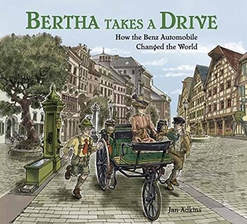 Adkins' latest book is about the first drive in an automobile. The wife of the inventor took her kids to see their grandparents. Learn more about it here. The author/illustrator is a member of iNK's Authors on Call and is available for classroom programs through Field Trip Zoom, a terrific technology that requires only a computer, wifi, and a webcam. Click here to find out more. 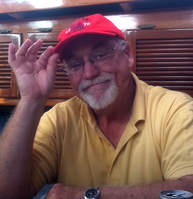 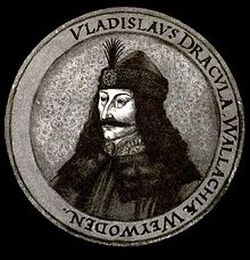 The real Dracula didn’t drink blood or sleep in a coffin. He was not a count but an honorable, well-educated warlord. And much, much scarier than the movie Dracula. As a Knight of the Dragon Society his father, Vlad II, was called Dracul (“dragon”) . When Vlad III was born in 1431, he was called “little dragon,” Dracula. He was always loyal to his family, friends and to his people, but he was betrayed over and over, beginning with his father. Dracul gave Vlad and his brother Radu to the Turks as hostages—then attacked the Turks! Wallachia (now part of Romania) was harried in the south by Turkish Moslems. In the north, Hungarian warlords schemed to take over. When the Turks killed his father, Dracula escaped to defend his country and his people. His methods were rough. He punished offenses large and small by impaling. A long sharpened stake was pushed into the offender’s bottom, then raised upright. Death might come in an hour or in two days. He raised a forest of stakes with impaled offenders in a valley near his capital, Tirgoviste. Messengers came from the Turks to demand tribute money. Dracula asked why they didn’t take off their turbans as a sign of respect. They said they never took off their turbans. Dracula made certain they didn’t. He had the turbans nailed onto the messengers’ skulls. An enormous Turkish army attacked from the south. Dracula retreated wisely, seizing and impaling hundreds of the invaders’ stragglers. He made a fierce night attack on the sultan’s camp, killing thousands of Turks before he was beaten back. But when the Turks approached Tirgoviste they rode through a valley lined with 20,000 impaled corpses. The most recent victims were Turkish soldiers. The Turks were so scared that they turned back to home. Dracula ruled for only seven years. His brother, Radu the Handsome had converted to Islam and swept into Wallachia with the Turks. Another betrayal. Dracula was defeated. Was Dracula a fiend or a warrior sternly protecting his people from the invading Turks? We just don’t know. We can’t believe the grisly tales his enemies told about him. Best historical guess: Wallachians both loved and feared him. You can see that in an historic tale. Vlad Dracula placed a fabulous goblet at a fountain in Tirgoviste. Any citizen could drink from the golden vessel. It was never stolen. They were too afraid. 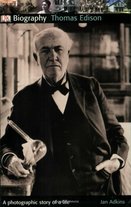 Jan Adkin's DK Biography: Thomas Edison tells the story of the famous inventor, from his childhood as an "addled" student, to his reign as the "Wizard of Menlo Park," where he developed the electric light bulb, the phonograph, and many other inventions still in use today. For more information on the book, click here. Today is a double holiday. It is Columbus Day and Indigenous Peoples' Day. Here's a wonderful story about some Native Americans. 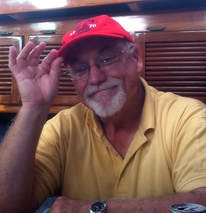 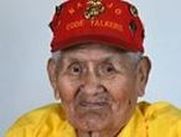 Among the fiercest foes the United States ever fought were its Native Americans. Our Indian Wars blazed over the West after the Civil War and lasted 45 years. It was a bitter struggle on both sides. The U.S. enforced a harsh peace on the warring tribes and didn’t grant Native Americans citizenship until 1924. They weren’t allowed to vote until after WW II. Native American children were often boarded in harsh schools where they were forbidden to speak their own language. But those nearly-lost languages were to save American lives. Even after shoddy treatment from the government in Washington for more than a century, American Natives quickly volunteered to defend “their country” against enemies in World War I France. A group of Choctaw Natives were hurried to the trenches to send critical messages in a language wire-tapping Germans couldn’t possibly understand. In World War II, Comanche Code Talkers waded ashore with our troops on D-Day, June 6, 1944, in Normandy. Our technically advanced enemies in Europe and the Pacific were listening to our radio messages. Mechanically coding and decoding orders could take hours when seconds meant lives. The Code Talkers’ messages in their undecipherable language were quickly delivered, and replies came back immediately. Their tongue was taught orally, never written down, and the Talkers made it even harder by using a shorthand code within a code: a tank was a “turtle,” chay da galli; a fighter plane was a “hummingbird,” da he toh hi. United States Marines in the bloody battles of the Pacific hopped from one Japanese-held island to another with Navajo Code Talkers. The Navajo tongue was even more difficult than the Comanche’s because one word could mean many things when paired with other words, and subtle pronunciation changed meaning. Neither the Comanche nor the Navajo codes were ever broken. The Code Talkers were so successful that their service was kept secret until 1968, when heroic Code Talkers could finally tell their families about their part in winning the war and saving hundreds of thousands of lives. In 2014 Chester Nez, the last of the Navajo Code Talkers, died at 93. Three years earlier he and all 29 of the original Navajo Code Talkers were awarded the Congressional Gold Medal for distinguished service to a country that finally recognized a debt to its Native Americans, and to their language. 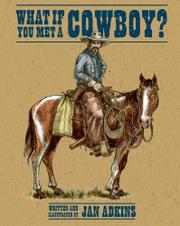 You know all about cowboys, right? They're the good guys in the white hats, carrying six-shooters and wearing fancy boots. Well, no. Cowboys weren't like that at all. Come inside with Jan Adkins and meet Jake Peavy. He's the real deal. Jake's a crackerjack cattle herder but he wears a grubby hat and he limps from when that horse fell on him. He's small, wiry, has bad teeth, and it's been a while since he washed. Come spend some time with Jake, his saddle-mates, and his fleas. You'll learn all about riding the range, roping dogies, and surviving in the down-and-dirty world that was the REAL wild West. For more information, click here. Adkins, great story-teller, is a member of Authors on Call. You can invite him to your classroom using the iNK Zoom Room. For more information look here. MLA 8 Citation
Adkins, Jan. "Code Talkers: Native Americans Come to the Rescue, But Why?" Nonfiction Minute, iNK Think Tank, 6 Mar. 2018, www.nonfictionminute.org/ the-nonfiction-minute/code-talkers-native-americans-come-to-the-rescue-but-why. |
*NEWS
|
For Vicki Cobb's BLOG (nonfiction book reviews, info on education, more), click here: Vicki's Blog
The NCSS-CBC Notable Social Studies Committee is pleased to inform you
that 30 People Who Changed the World has been selected for Notable Social Studies Trade Books for Young People 2018, a cooperative project of the National Council for the Social Studies (NCSS) & the Children’s Book Council
Categories
All
Abolitionists
Adams Janus
Adaptation
Adaptations
Adkins Jan
Advertising
Aerodynamics
Africa
African American History
African Americans
Africa West
Agriculture
Aircraft
Air Pilots
Air Pressure
Air Travel
Albee Sarah
Alchemy
Alligators
Allusion
American History
American Icons
Amphibians
Amundsen Roald
Anatomy
Ancient
Ancient Cultures
Anderson Marian 1897-1993
Animal Behavior
Animal Experimentation
Animal Intelligence
Animals
Animation
Antarctica
Ants
Apache Indians
Apes
April Fool's Day
Architecture
Argument
Arithmetic
Art
Art Deco
Artists
Arts
Asia
Astronauts
Astronomy
Athletes
Atomic Theory
Audubon Societies
Authors
Autobiography
Automobiles
Aviation
Awards
Bacteria
Baseball
Battuta Ibn
Bears
Beatles
Beavers
Bees
Biodegradation
Biography
Biology
Biomes
Biomimicry
Biplanes
Birds
Black Death
Black History
Blindness
Blizzards
Bombs
Bonaparte Napoleon
Boone Daniel
Botany
Brazil
Bridges
Brill Marlene Targ
Brooklyn Bridge
Brown John
Buffaloes
Building Materials
Butterflies
Caesar
Caesar Julius
Caissons
Calculus
Calendars
Cannibal
Capitals
Caravaggio
Carbon Dioxide
Carnivores
Carson Mary Kay
Cartoons & Comics
Carving (Decorative Arts)
Cascade Range
Castaldo Nancy
Castles
Castrovilla Selene
Cathedrals
Cats
Caves
Celts
Cemeteries
Chemistry
Children's Authors
Child Welfare
China
Choctaw Indians
Christmas
Chronometers
Cicadas
Cinco De Mayo
Ciphers
Circle
Citizenship
Civil Rights
Civil Rights Movements
Civil War
Civil War - US
Climate
Climate Change
Clocks And Watches
Clouds
Cobb Vicki
COBOL (Computer Language)
Code And Cipher Stories
Collard III Sneed B.
Collectors And Collecting
Color
Commerce
Communication
Competition
Compilers
Composers
Computers
Congressional Gold Medal
Consitution
Contests
Contraltos
Coolidge Calvin
Cooling
Corms
Corn
Counterfeiters
Covid-19
Crocodiles
Cryptography
Culture
Darwin Charles
Declaration Of Independence
Decomposition
Decompression Sickness
Deep-sea Animals
Deer
De Medici Catherine
Design
Detectives
Dickens Charles
Disasters
Discrimination
Diseases
Disney Walt
DNA
Dogs
Dollar
Dolphins
Douglass Frederick 1818-1895
Droughts
Dr. Suess
Dunphy Madeleine
Ear
Earth
Earthquakes
Ecology
Economics
Ecosystem
Edison Thomas A
Education
Egypt
Eiffel-gustave-18321923
Eiffel-tower
Einstein-albert
Elephants
Elk
Emancipationproclamation
Endangered Species
Endangered-species
Energy
Engineering
England
Englishlanguage-arts
Entomology
Environmental-protection
Environmental-science
Equinox
Erie-canal
Etymology
Europe
European-history
Evolution
Experiments
Explorers
Explosions
Exports
Extinction
Extinction-biology
Eye
Fairs
Fawkes-guy
Federalgovernment
Film
Fires
Fishes
Flight
Floods
Flowers
Flute
Food
Food-chains
Foodpreservation
Foodsupply
Food-supply
Football
Forceandenergy
Force-and-energy
Forensicscienceandmedicine
Forensic Science And Medicine
Fossils
Foundlings
France
Francoprussian-war
Freedom
Freedomofspeech
French-revolution
Friction
Frogs
Frontier
Frontier-and-pioneer-life
Frozenfoods
Fugitiveslaves
Fultonrobert
Galapagos-islands
Galleys
Gametheory
Gaudi-antoni-18521926
Gender
Generals
Genes
Genetics
Geography
Geology
Geometry
Geysers
Ghosts
Giraffe
Glaciers
Glaucoma
Gliders-aeronautics
Global-warming
Gods-goddesses
Gold-mines-and-mining
Government
Grant-ulysses-s
Grasshoppers
Gravity
Great-britain
Great-depression
Greece
Greek-letters
Greenberg Jan
Hair
Halloween
Handel-george-frederic
Harness Cheryl
Harrison-john-16931776
Health-wellness
Hearing
Hearing-aids
Hearst-william-randolph
Henry-iv-king-of-england
Herbivores
Hip Hop
History
History-19th-century
History-france
History-world
Hitler-adolph
Hoaxes
Holidays
Hollihan Kerrie Logan
Homestead-law
Hopper-grace
Horses
Hot Air Balloons
Hot-air-balloons
Housing
Huguenots
Human Body
Hurricanes
Ice
Icebergs
Illustration
Imagery
Imhotep
Imperialism
Indian-code-talkers
Indonesia
Industrialization
Industrial-revolution
Inquisition
Insects
Insulation
Intelligence
Interstatecommerce
Interviewing
Inventions
Inventors
Irrational-numbers
Irrigation
Islands
Jacksonandrew
Jazz
Jeffersonthomas
Jefferson-thomas
Jemisonmae
Jenkins-steve
Jet-stream
Johnsonlyndonb
Jokes
Journalism
Keeling-charles-d
Kennedyjohnf
Kenya
Kidnapping
Kingmartinlutherjr19291968
Kingmartinlutherjr19291968d6528702d6
Kings-and-rulers
Kings Queens
Kings-queens
Koala
Labor
Labor Policy
Lafayette Marie Joseph Paul Yves Roch Gilbert Du Motier Marquis De 17571834
Landscapes
Languages-and-culture
Law-enforcement
Layfayette
Levers
Levinson Cynthia
Lewis And Clark Expedition (1804-1806)
Lewis Edmonia
Liberty
Lift (Aerodynamics)
Light
Lindbergh Charles
Liszt Franz
Literary Devices
Literature
Lizards
Longitude
Louis XIV King Of France
Lumber
Lunar Calendar
Lynching
Macaws
Madison-dolley
Madison-james
Madison-james
Mammals
Maneta-norman
Maneta-norman
Marathon-greece
Marine-biology
Marine-biology
Marines
Marsupials
Martial-arts
Marx-trish
Mass
Massachusetts-maritime-academy
Mass-media
Mastodons
Mathematics
May-day
Mcclafferty-carla-killough
Mcclafferty-carla-killough
Mckinley-william
Measurement
Mechanics
Media-literacy
Media-literacy
Medicine
Memoir
Memorial-day
Metaphor
Meteorology
Mexico
Mickey-mouse
Microscopy
Middle-west
Migration
Military
Miners
Mississippi
Molasses
Monarchy
Monsters
Montgomery
Montgomery-bus-boycott-19551956
Montgomery-heather-l
Monuments
Moon
Moran-thomas
Morsecode
Morsesamuel
Moss-marissa
Moss-marissa
Motion
Motion-pictures
Mummies
Munro-roxie
Munro-roxie
Musclestrength
Museums
Music
Muslims
Mythologygreek
Nanofibers
Nanotechnology
Nathan-amy
Nathan-amy
Nationalfootballleague
Nationalparksandreserves
Nativeamericans
Native-americans
Native-americans
Naturalhistory
Naturalists
Nature
Nauticalcharts
Nauticalinstruments
Navajoindians
Navigation
Navy
Ncaafootball
Nervoussystem
Newdeal19331939
Newman-aline
Newman-aline
Newton-isaac
New-york-city
Nobelprizewinners
Nomads
Nonfictionnarrative
Nutrition
Nylon
Nymphs-insects
Oaths Of Office
Occupations
Ocean
Ocean-liners
Olympics
Omnivores
Optics
Origami
Origin
Orphans
Ottomanempire
Painters
Painting
Paleontology
Pandemic
Paper-airplanes
Parksrosa19132005
Parrots
Passiveresistance
Patent Dorothy Hinshaw
Peerreview
Penguins
Persistence
Personalnarrative
Personification
Pets
Photography
Physics
Pi
Pigeons
Pilots
Pinkertonallan
Pirates
Plague
Plains
Plainsindians
Planets
Plantbreeding
Plants
Plastics
Poaching
Poetry
Poisons
Poland
Police
Political-parties
Pollen
Pollution
Polo-marco
Populism
Portraits
Predation
Predators
Presidentialmedaloffreedom
Presidents
Prey
Prey-predators
Prey-predators
Prime-meridian
Pringle Laurence
Prohibition
Proteins
Protestandsocialmovements
Protestants
Protestsongs
Punishment
Pyramids
Questioning
Radio
Railroad
Rainforests
Rappaport-doreen
Ratio
Reading
Realism
Recipes
Recycling
Refrigerators
Reich-susanna
Religion
Renaissance
Reproduction
Reptiles
Reservoirs
Rheumatoidarthritis
Rhythm-and-blues-music
Rice
Rivers
Roaringtwenties
Roosevelteleanor
Rooseveltfranklind
Roosevelt-franklin-d
Roosevelt-theodore
Running
Russia
Safety
Sanitation
Schwartz David M
Science
Scientificmethod
Scientists
Scottrobert
Sculpture
Sculpturegardens
Sea-level
Seals
Seals-animals
Secretariesofstate
Secretservice
Seeds
Segregation
Segregationineducation
Sensessensation
September11terroristattacks2001
Seuss
Sextant
Shackletonernest
Shawneeindians
Ships
Shortstories
Silkworms
Simple-machines
Singers
Siy Alexandra
Slavery
Smuggling
Snakes
Socialchange
Social-change
Socialjustice
Social-justice
Socialstudies
Social-studies
Social-studies
Sodhouses
Solarsystem
Sound
Southeast-asia
Soybean
Space Travelers
Spain
Speech
Speed
Spiders
Spies
Spiritualssongs
Sports
Sports-history
Sports-science
Spring
Squirrels
Statue-of-liberty
STEM
Storms
Strategy
Sugar
Sumatra
Summer
Superbowl
Surgery
Survival
Swanson-jennifer
Swinburne Stephen R.
Synthetic-drugs
Taiwan
Tardigrada
Tasmania
Tasmanian Devil
Tasmanian-devil
Technology
Tecumsehshawneechief
Telegraph-wireless
Temperature
Tennis
Terrorism
Thomas Peggy
Thompson Laurie Ann
Time
Titanic
Tombs
Tortoises
Towle Sarah
Transcontinental-flights
Transportation
Travel
Trees
Trung Sisters Rebellion
Tundra
Turnips
Turtles
Typhoons
Underground Railroad
Us-environmental-protection-agency
Us History
Us-history
Ushistoryrevolution
Us History Revolution
Us-history-war-of-1812
Us Presidents
Ussupremecourtlandmarkcases
Vacations
Vaccines
Vangoghvincent
Vegetables
Venom
Vietnam
Viruses
Visual-literacy
Volcanoes
Voting-rghts
War
Warne-kate
Warren Andrea
Washington-dc
Washington George
Water
Water-currents
Wax-figures
Weapons
Weather
Weatherford Carole Boston
Whiting Jim
Wildfires
Winds
Windsor-castle
Wolves
Woman In History
Women
Women Airforce Service Pilots
Women-airforce-service-pilots
Womeninhistory
Women In History
Women-in-science
Women's History
Womens-roles-through-history
Wonder
Woodson-carter-godwin-18751950
World-war-i
World War Ii
World-war-ii
Wright Brothers
Writing
Writing-skills
Wwi
Xrays
Yellowstone-national-park
Zaunders Bo
ArchivesMarch 2021
February 2021
January 2021
December 2020
November 2020
October 2020
September 2020
June 2020
May 2020
April 2020
March 2020
February 2020
January 2020
December 2019
October 2019
September 2019
August 2019
July 2019
May 2019
April 2019
March 2019
February 2019
January 2019
December 2018
November 2018
September 2018
June 2018
May 2018
April 2018
March 2018
February 2018
January 2018
December 2017
November 2017
October 2017
September 2017
March 2017
The NONFICTION MINUTE, Authors on Call, and. the iNK Books & Media Store are divisions of iNK THINK TANK INC.
a 501 (c) (3) nonprofit corporation. To return to the iNK Think Tank landing page click the icon or the link below. :
http://inkthinktank.org/
For more information or support, contact thoughts@inkthinktank.org
For Privacy Policy, go to
Privacy Policy
© COPYRIGHT the Nonfiction Minute 2020.
ALL RIGHTS RESERVED.
This site uses cookies to personalize your experience, analyze site usage, and offer tailored promotions. www.youronlinechoices.eu
Remind me later
Archives
March 2023
February 2023
January 2023
December 2022
November 2022
October 2022
September 2022
June 2022
May 2022
April 2022
March 2022
February 2022
January 2022
December 2021
November 2021
September 2021
April 2021
March 2021
February 2021
November 2020
October 2020
September 2020
June 2020
May 2020
April 2020
March 2020
February 2020
January 2020
October 2019
August 2019
July 2019
May 2019
April 2019
December 2018
September 2018
June 2018
May 2018
March 2018
February 2018
January 2018
December 2017
November 2017
October 2017
September 2017


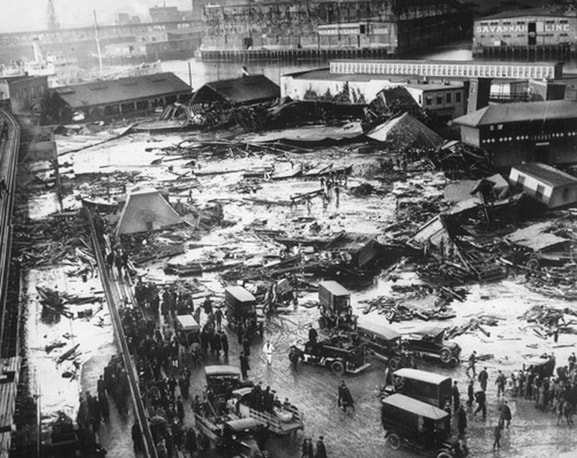
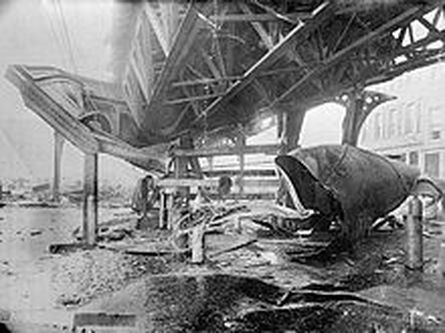
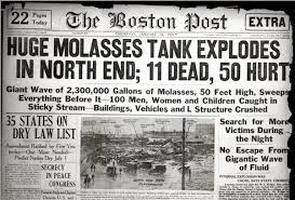


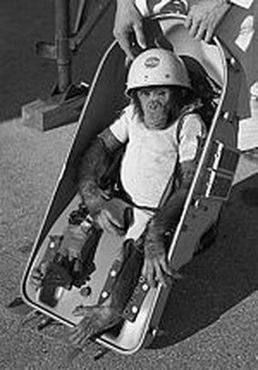
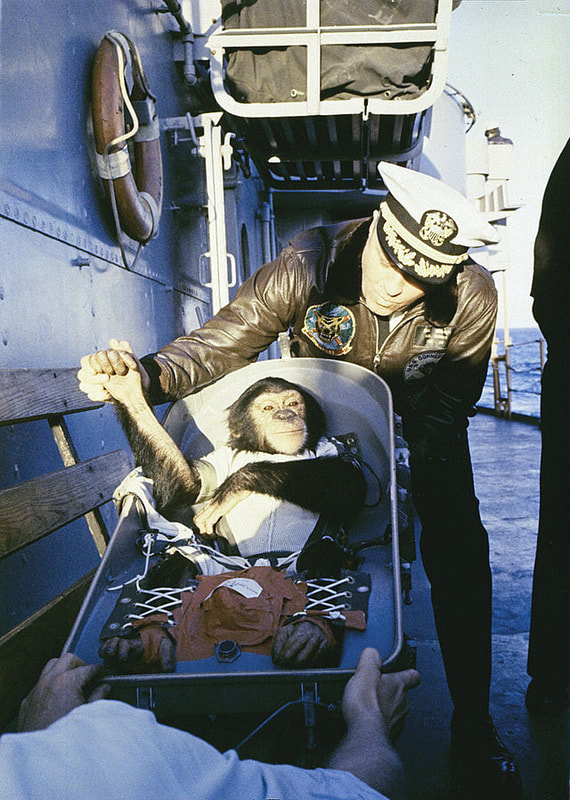


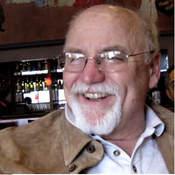

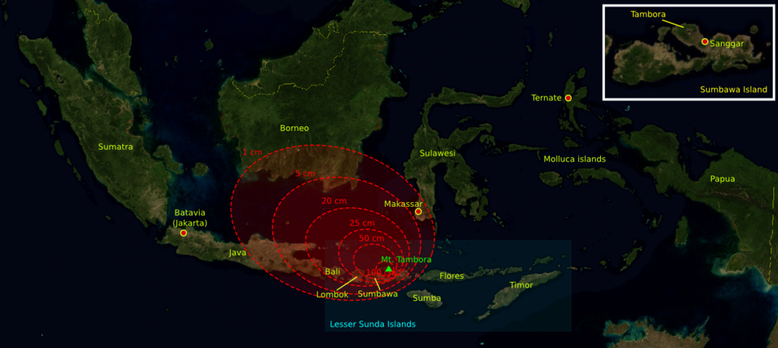


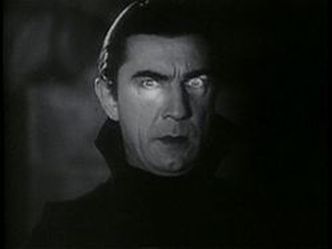
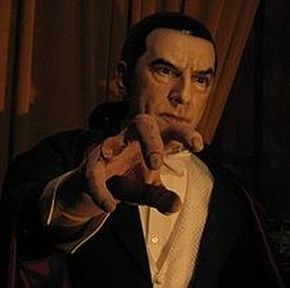


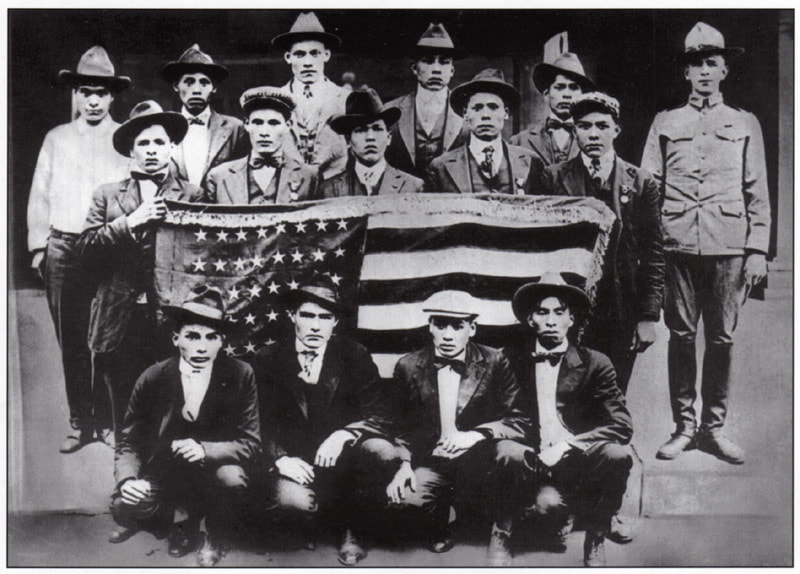
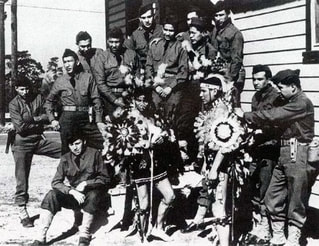
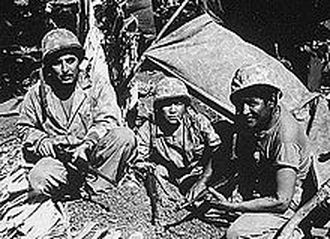
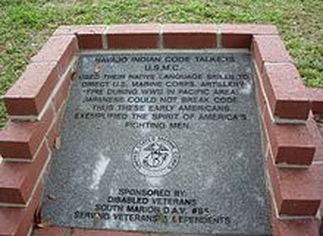
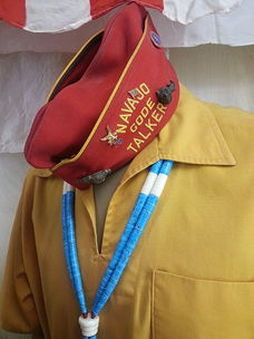

 RSS Feed
RSS Feed
